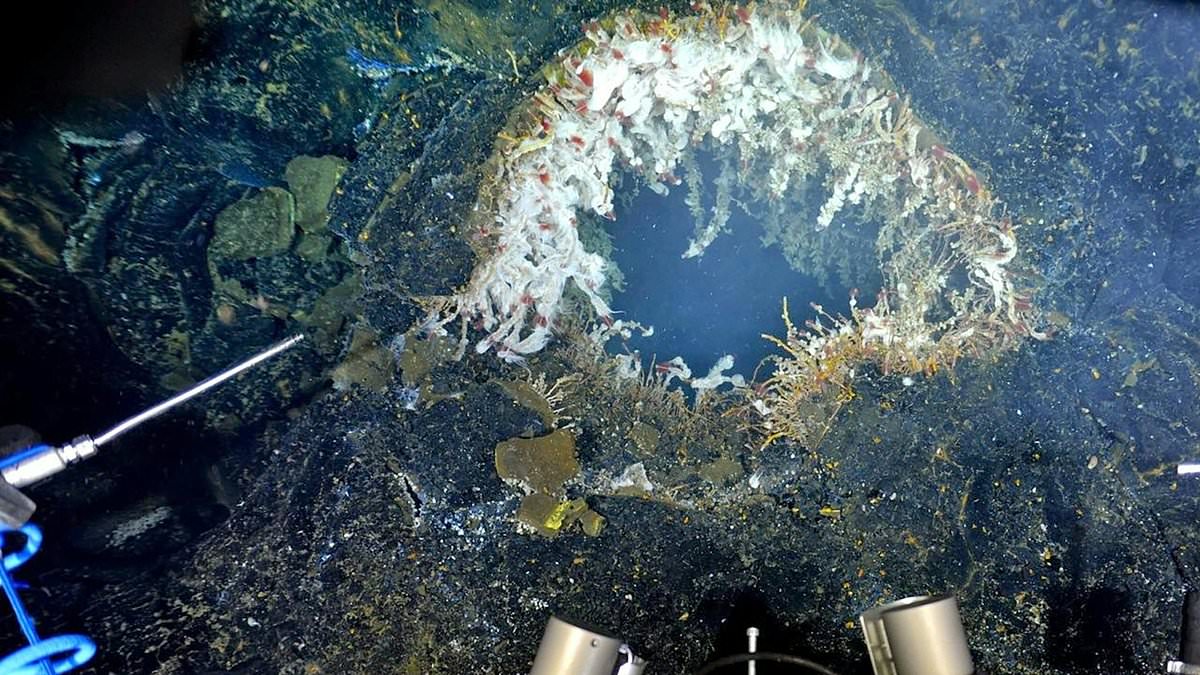
Scientists are closely monitoring the Axial Seamount, a massive underwater volcano located about 300 miles off the California coast. Known as the most active volcano in the Pacific Northwest, recent data suggests that an eruption could happen by the end of this year. This seafloor giant, nearly a mile beneath the ocean’s surface, last erupted in 2015, but significant seismic shifts point to an impending event.
Unprecedented Seismic Activity
This summer, over 2,000 earthquakes were recorded in a single day in the vicinity of the Axial Seamount. Since then, hundreds of small tremors occur daily as the seafloor inflates—a phenomenon strongly tied to volcanic eruptions. Geophysicist William Chadwick of Oregon State University states, “At the rate of inflation it’s going, I expect it to erupt by the end of the year.” These earthquakes, though minor in magnitude (1 or 2), indicate magma rising through cracks and inflating the volcano’s magma chamber.
What to Expect During an Eruption
When Axial Seamount does erupt, its underwater quakes may spike to 10,000 within 24 hours. Like its 2015 eruption, the volcano will likely produce expansive lava flows and structures called pillow lavas—molten tubes that solidify quickly in cold seawater. Compared to explosive volcanoes like Mt. St. Helens or Mt. Rainier, Axial’s eruptions are less violent due to its fluid, low-gas lava, resembling volcanoes in Hawaii or Iceland.
However, there is a possibility that magma could erupt laterally through a crack known as a dike. If this happens, the eruption could occur in an unexpected area. Despite these uncertainties, experts assure that Axial’s remote location and depth mean no harm to humans or coastal areas. “It’s too deep and too far from shore for people to even notice,” added Chadwick.
Implications for Volcanic Research
The study of Axial Seamount provides valuable insight into forecasting volcanic activity. Using ultra-sensitive sensors like underwater seismometers and GPS, researchers are refining techniques that may help predict eruptions for potentially dangerous volcanoes, such as Mount Rainier in Washington State. This ongoing research could be crucial in mitigating risks posed by active volcanoes closer to populated areas.
Stay Prepared
While the Axial Seamount poses no immediate danger to coastal residents, staying informed about seismic activity and geological studies can provide a greater understanding of nature’s processes. For individuals interested in monitoring volcanoes and staying prepared, consider tools like the Garmin GPSMAP 66i, a reliable GPS device equipped with weather forecasting and advanced mapping tools ideal for geologists, adventurers, and enthusiasts.
The Axial Seamount’s upcoming activity highlights the dynamic forces shaping our planet. As researchers continue to study and prepare for its eruption, this event serves as a reminder of the power locked beneath the Earth’s surface.





